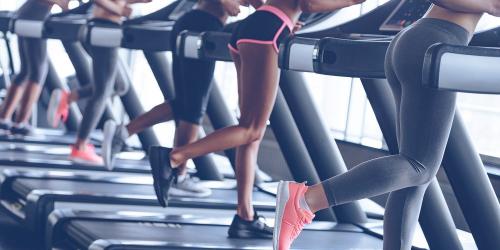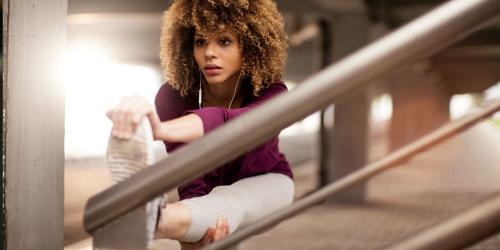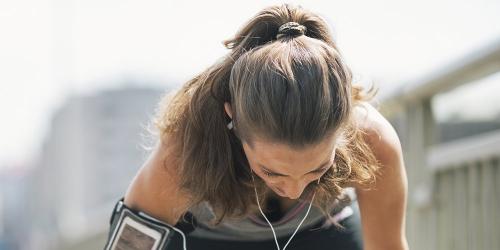Pilates is a method that for a long time remained confidential before being popularized by American celebrities like Jennifer Aniston.
Today, it has become widely democratized and many studios where to practice have spread everywhere.
What does it promise us? A new body, a curved silhouette and a queen's port.
Oriane Hazane, Pilates teacher and creator of the Origyn * center tells us everything about this discipline.
Where does the Pilates method come from?
It simply bears the name of its inventor: Joseph Pilates, a German born in 1880. Passionate about anatomy, he is unfortunately endowed with a health that forbids him to play sports.
He begins to think of techniques that are quickly proven and allow him to develop his muscles gently. With this success, he decides to apply his methods to others.
Thus, during the First World War he invented a system that allows wounded soldiers to do rehabilitation directly in their bed. Emigrated to the United States, he opened a studio in 1923 to train and reeducate professional dancers.
He then invented several exercises to practice on the ground in order to strengthen the abdominal strap and control his body overall. As a result, he designs more than 500 exercises and four machines in his lifetime.
The main principles of the discipline
The Pilates method is based on several principles:
- Movement control
- Breathing
- The fluidity
- The precision
- centering
- Stability
- The amplitude
- antagonism
"We do not repeat the different exercises in order to execute them correctly and not lose sight of the principles of the method," says the coach.
The overall idea is to improve posture, maintain, relax, gain tone and work in lengthening.
Pilates: which parts of the body are asked for?
The Pilates method offers a global reinforcement.
The multitude of exercises can solicit all parts of the body and engage the pelvis.
They are never the same muscle groups (deep muscles and stabilizers) that are worked: legs, glutes, abdominal strap, back, arms ... The silhouette muscle smoothly and in a very harmonious way.
"We work both the anterior and posterior chains, depending on the position: in four-legged quadripedia-on the back, on the lateral side or standing", says Oriane Hazane.
A discipline that also allows you to take care of your perineum .
"During the exercises, it is imperative to contract the pelvic floor before tummy to avoid any pressure on the perineum and especially to return the belly time for expiration," she says.
Multiple benefits
The principles of the Pilates method seen above and the practice of mindfulness exercises can be very useful outside the sessions.
"One can apply what one learns in class in everyday life: by walking, sitting, standing up and even lying down, and helping one to work one's head for better standing. ", says Oriane Hazane.
"In my opinion, Pilates is a real school of well-being," she adds.
Machines and small equipment to complete the practice
Pilates is a discipline that is also practiced on machines (Reformer, Wunda Chair, Cadillac, Springboard).
"They are mainly intended to work with resistance," says the expert.
Depending on the studio in which one practices, one can or not find these famous machines.
The small equipment makes it possible to bring a more playful aspect to Pilates.
Key accessories include elastic, straw ball, magic circle, rollerblade and swiss ball, " ideal for people with back problems, " says our professor.
Pilates, for whom?
The Pilates method was designed by a person with fragile health, it adapts to all, "including the diversity of exercises," says the coach.
"No course is alike because everything depends on the teacher but also the public.The advantage is that we can practice Pilates from 7 to 77. For seniors, for example, we focus on support and coordination. There is really no contraindication and people with pathologies can benefit from its many benefits. "
Pregnant women are also welcome.
"A pregnant woman can do Pilates to reduce pressure in the joints, help her control her pelvic floor and put her pelvis in the right axis," says our expert. "Of course, we exclude the exercises to practice on the stomach!"
After pregnancy, it is also indicated when it is coupled with perineal reeducation.
* Origyn, 13, rue Victor Hugo 92800 Puteaux.
origynandco.com / [email protected]



